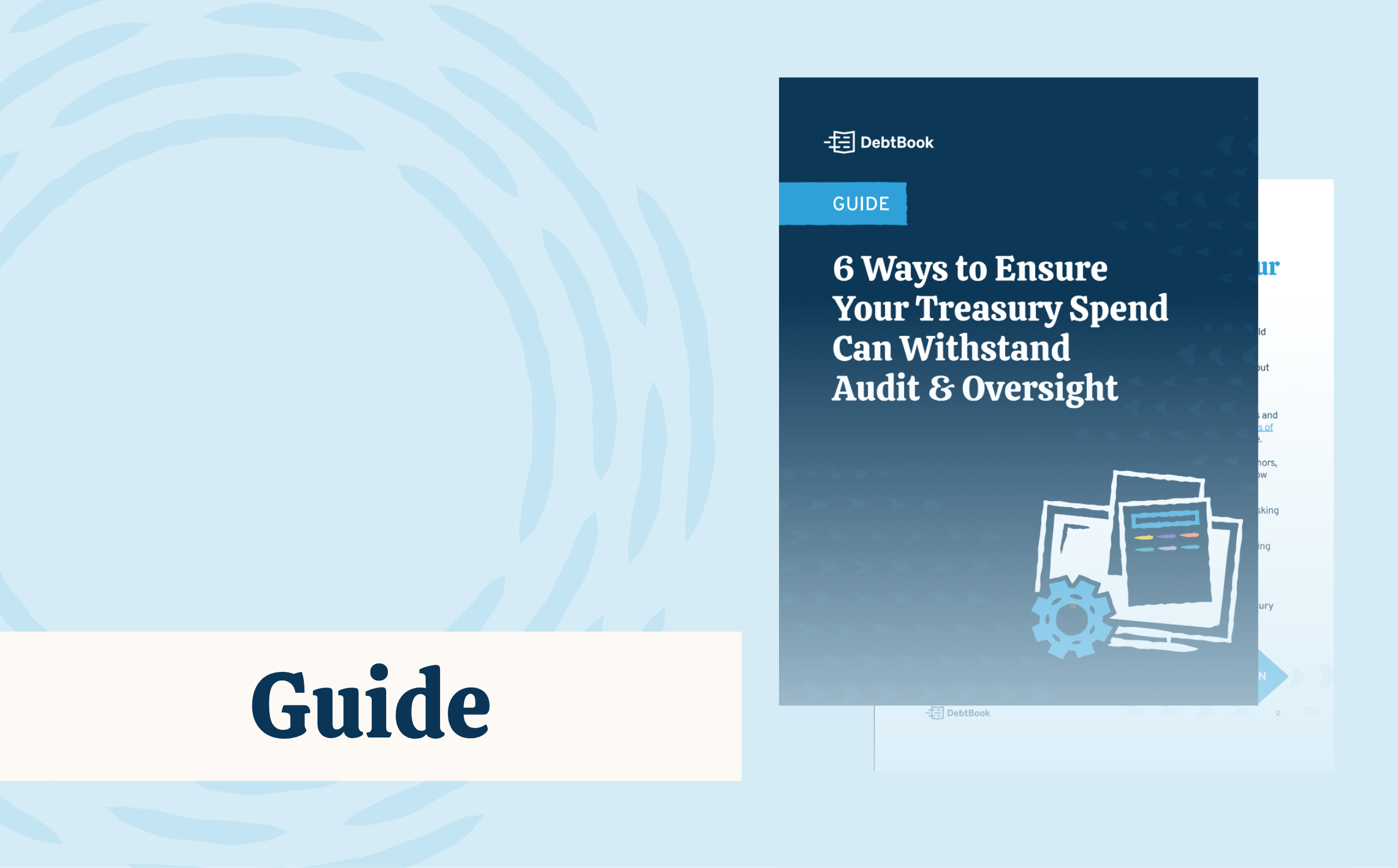ASC 842 has become an important focus for many organizations, particularly within accounting departments. This updated accounting standard is designed to provide a more transparent view of an organization’s liabilities and assets by requiring that nearly all leases be included on the balance sheet.
If your organization engages in leasing activities—whether it's office space, equipment, or other assets—ASC 842 will likely have a significant impact on your financial reporting.
What is ASC 842?
ASC 842, developed by the Financial Accounting Standards Board (FASB), sets the guidelines for how public and private organizations, along with certain nonprofits, account for and report lease agreements. One of the key requirements of ASC 842 is that most leases must now be recognized on the balance sheet as a right-of-use asset paired with a corresponding lease liability.
This represents a significant shift from the previous standard, ASC 840, and is designed to give a clearer, more accurate picture of an organization’s financial position and lease obligations.
ASC 842 applies to any lease with a term longer than 12 months, impacting a wide range of sectors, including retail, manufacturing, and service industries.
ASC 842 Effective Date
The implementation timeline for ASC 842 varied between public and private entities. Publicly-traded companies were required to adopt the new standard for reporting periods beginning after December 15, 2018, leading most calendar year-end companies to transition on January 1, 2019.
Initially, private companies and non-profit organizations were scheduled to adopt ASC 842 for reporting periods beginning after December 15, 2019. However, in response to feedback from public companies about the challenges of implementation, FASB decided to postpone the effective date, providing these entities with additional time to prepare. A second delay occurred in 2020 due to the disruptions caused by the COVID-19 pandemic.
Ultimately, the effective date for private companies and non-profit organizations was finalized for reporting periods beginning after December 15, 2021, with most entities transitioning to ASC 842 during the 2022 fiscal year.
What are the Criteria for Operating Leases Under ASC 842?
ASC 842 classifies lessee leases as either operating leases or finance leases, with the distinction being important for how they appear in financial statements. Operating leases are common and must meet specific criteria under ASC 842.
Criteria for Operating Leases
A lease is classified as an operating lease if it doesn’t meet any of the following criteria for a finance lease:
- Transfer of Ownership: The lease transfers ownership of the asset to the lessee by the end of the lease term.
- Purchase Option: The lessee is likely to exercise an option to purchase the asset.
- Lease Term: The lease term covers the major part of the asset’s remaining economic life.
- Present Value: The present value of lease payments and any guaranteed residual value is substantially equal to the asset’s fair value.
- Specialized Asset: The asset is so specialized that it has no alternative use to the lessor at the end of the lease term.
If none of these conditions are met, the lease is considered an operating lease.
Implications of Operating Lease Classification
Operating leases under ASC 842 are reported differently than finance leases. For operating leases, a single lease expense is recognized on a straight-line basis over the lease term, combining interest on the lease liability and amortization of the right-of-use asset.
Although operating leases are still recorded on the balance sheet, the expense recognition differs from finance leases, which separate these costs.
Who Needs to Comply with ASC 842?
Understanding which entities must comply with ASC 842 is key to ensuring proper adherence and maintaining accurate financial reporting.
Sectors Primarily Affected by ASC 842
ASC 842 mainly affects public and certain nonprofit organizations that prepare financial statements according to Generally Accepted Accounting Principles (GAAP). Public organizations must report their lease liabilities and right-of-use assets on the balance sheet.
Nonprofits that issue GAAP financial statements are also subject to this standard, affecting sectors like healthcare, education, and others.
Determining Applicability in Government, Nonprofit, Treasury, and Higher Education Sectors
Although ASC 842 is primarily for the private sector, there are cases where government, nonprofit, treasury, and higher education entities might need to comply. The applicability in these sectors depends on several factors:
Government Entities
While primarily subject to GASB 87, government entities that have operations or subsidiaries that follow GAAP may need to apply ASC 842 to those specific activities.
Nonprofit Organizations
Nonprofits that prepare GAAP financial statements or engage in commercial activities may fall under the scope of ASC 842. This includes entities with significant leasing activities, such as hospitals and universities.
Treasury and Higher Education Sectors
Treasury departments and higher education institutions that report under GAAP or have operations requiring GAAP compliance might need to adopt ASC 842. This can include research facilities, auxiliary enterprises, or other areas with substantial lease obligations.
Why Government and Nonprofits May Need to Follow ASC 842
Understanding when this standard applies is important for accurate financial reporting and meeting regulatory requirements.
The Intersection of ASC 842 with Federal Grants and Funding Requirements
Federal grants and funding can add compliance requirements for government and nonprofit organizations. When receiving federal funds, these entities may need to follow specific financial reporting standards, including those related to lease accounting. ASC 842 might apply if grant agreements require GAAP compliance or detailed lease reporting.
Organizations involved in federal programs or holding government contracts may also need to adhere to ASC 842 if those agreements mandate GAAP. This ensures transparent reporting of lease obligations, aligning with the accountability and integrity standards expected by funding bodies.
Examples of Institutions that Might Fall Under ASC 842 Compliance
Certain institutions in the government and nonprofit sectors may need to comply with ASC 842, including:
- Universities and Colleges: Higher education institutions with large lease portfolios, such as dormitories, research facilities, or equipment, may need to follow ASC 842, especially if they issue GAAP financial statements or have private sector-like operations.
- Healthcare Providers: Hospitals and healthcare organizations with significant leases for medical equipment, facilities, or office space may fall under ASC 842, particularly if they are structured as nonprofits that follow GAAP.
- Governmental Subsidiaries: Government entities with subsidiaries or components that prepare GAAP financial statements may need to apply ASC 842 to these operations to ensure accurate lease reporting.
How DebtBook Can Help You Comply with ASC 842
ASC 842 compliance can be a complex task, especially for nonprofit, higher education, and healthcare organizations. DebtBook’s modern, cloud-based ASC 842 software is designed to simplify this process, offering a powerful platform tailored to meet the specific challenges of these sectors.
Streamline Your Lease Data Management
DebtBook consolidates all your lease data into a single, easy-to-use platform, eliminating the need for cumbersome spreadsheets and manual reconciliations. With everything centralized, you can confidently rely on a single source of truth, ensuring accuracy and consistency in your financial reporting.
Automate Audit and Reporting Tasks
With DebtBook, what once took weeks can now be completed in minutes. The platform automates key tasks, such as audit trail creation and ASC 842 reporting, allowing you to focus on more strategic work. Features like automated audit note exports and comprehensive journal entry capabilities mean you’re always prepared for year-end reporting without the hassle of manual consolidation.
Simplified Collaboration and Access
DebtBook offers unlimited user seats, so your entire team—and even your auditors—can access the platform without any additional costs. As one of our clients shared, “I added my auditors as guests, and they were able to navigate to everything they needed.” This ease of collaboration ensures that everyone involved in the compliance process has the information they need at their fingertips.
Key Features of DebtBook’s Lease Management Solution
- Automated Audit Trail: Keep a detailed, accurate record of all lease-related activities, simplifying audits and ensuring compliance.
- Real-Time Change Management: Easily modify or terminate contracts, with the platform automatically reflecting the accounting impact.
- Comprehensive Reporting Tools: Export audit notes, footnote disclosures, and journal entries with just a few clicks, all populated with existing data in the platform.
- Self-Service Capabilities: Add new leases or adjust existing ones with ease, ensuring your data stays current.
- Enhanced Data Visibility: Filter and export lease profiles for internal review or external reporting, making compliance tasks more manageable.
Conclusion
Organizations should take the time to assess how ASC 842 applies to their operations. This assessment can pinpoint areas for improvement, ensure accurate financial reporting, and align with best practices in lease management. By using the right tools and resources, the implementation process can be streamlined, making compliance more manageable.
Disclaimer: DebtBook does not provide professional services or advice. DebtBook has prepared these materials for general informational and educational purposes, which means we have not tailored the information to your specific circumstances. Please consult your professional advisors before taking action based on any information in these materials. Any use of this information is solely at your own risk.








